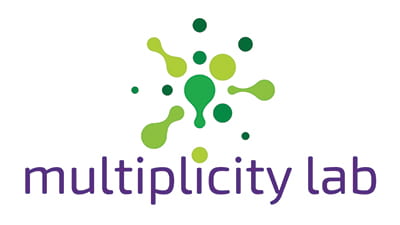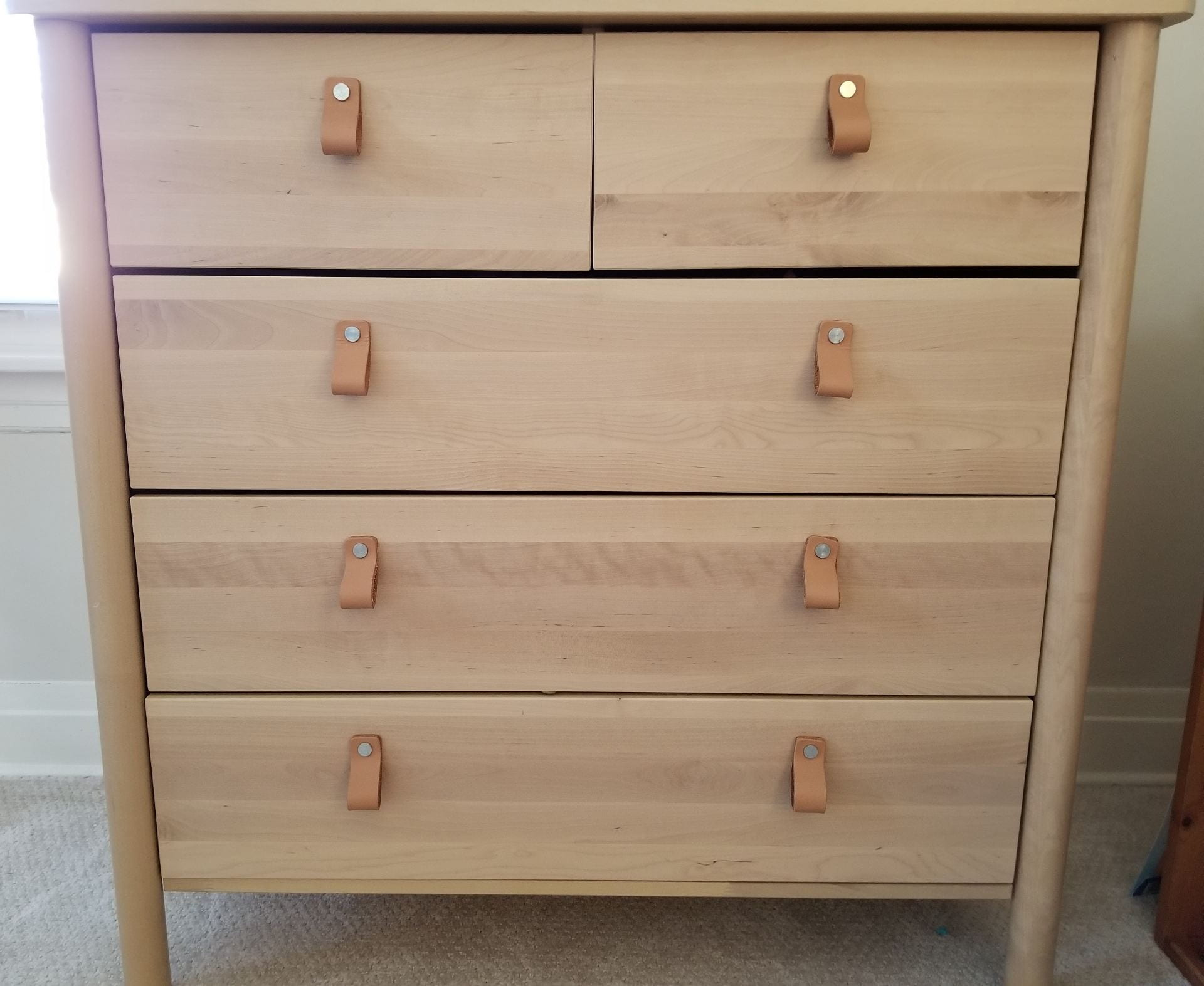Image of the Week: What is 8?
September 19, 2021What is 8?
Our Off You Go activities are designed to help students build deep conceptual understanding and precision by collecting multiple representation of a concept from their own real worlds to discuss and debate. You might ask students to look for examples of quadrilaterals or an array to learn more about the many ways these ideas can look. But one foundational concept that gets far less attention is number – and not Number as in all numbers, but individual numbers like 3, 8, and 100.
With young students, learning about numbers is far more complex that learning the counting sequence or the symbols we use for numerals. Before we get to the challenges of our base ten system, students need a firm and familiar understanding of small numbers. So today, as a case study, we ask, What is 8? What can 8 look like? Is 8 big or little? How would you know 8 if you saw it? These questions are at the heart of this week’s image and Off You Go activity. Show students this image and tell them that it shows 8. Spend some time together looking for 8. Eight what? Where? There are, of course, other numbers in this image, so finding 8 is an important first step.
Then send students off to look for other examples of 8 in their worlds, whether it is your classroom, the school, the outdoors, or their own homes and communities. As children explore, hunting for 8, they will have to count a vast number of objects, figuring out what is equal to 8 and what is too much or too little. They will begin to develop ideas about the ways they might recognize 8, such as when they see 4 and 4.
Students can collect their examples with photos or sketches or bring the actual objects to share. Hold a discussion where you create a museum of 8 (or whatever number you choose to explore), where you might discover together that some of the examples students collected are actually 7 or 9. This is one way justification and explanation look with very young children.
And remember that building a deep understanding of the eight-ness of 8 is only the beginning, because there is always, 9 and 10 and 11… Even if you work with older students, you may find that as they work to deeply understand larger numbers, like 100, or much smaller ones, like one-third, that looking for and discussing the many ways they can be well worth the time.
To multiplicity, cheers!
Jen Munson and the multiplicity lab group
Read the Archive
Get the Image of the Week
Each week we bring you a new image and activity you can do with your students tomorrow, and we spotlight a feature of the mathematical work that we think is important for students’ learning and your teaching.
Stay connected and see what's new.

